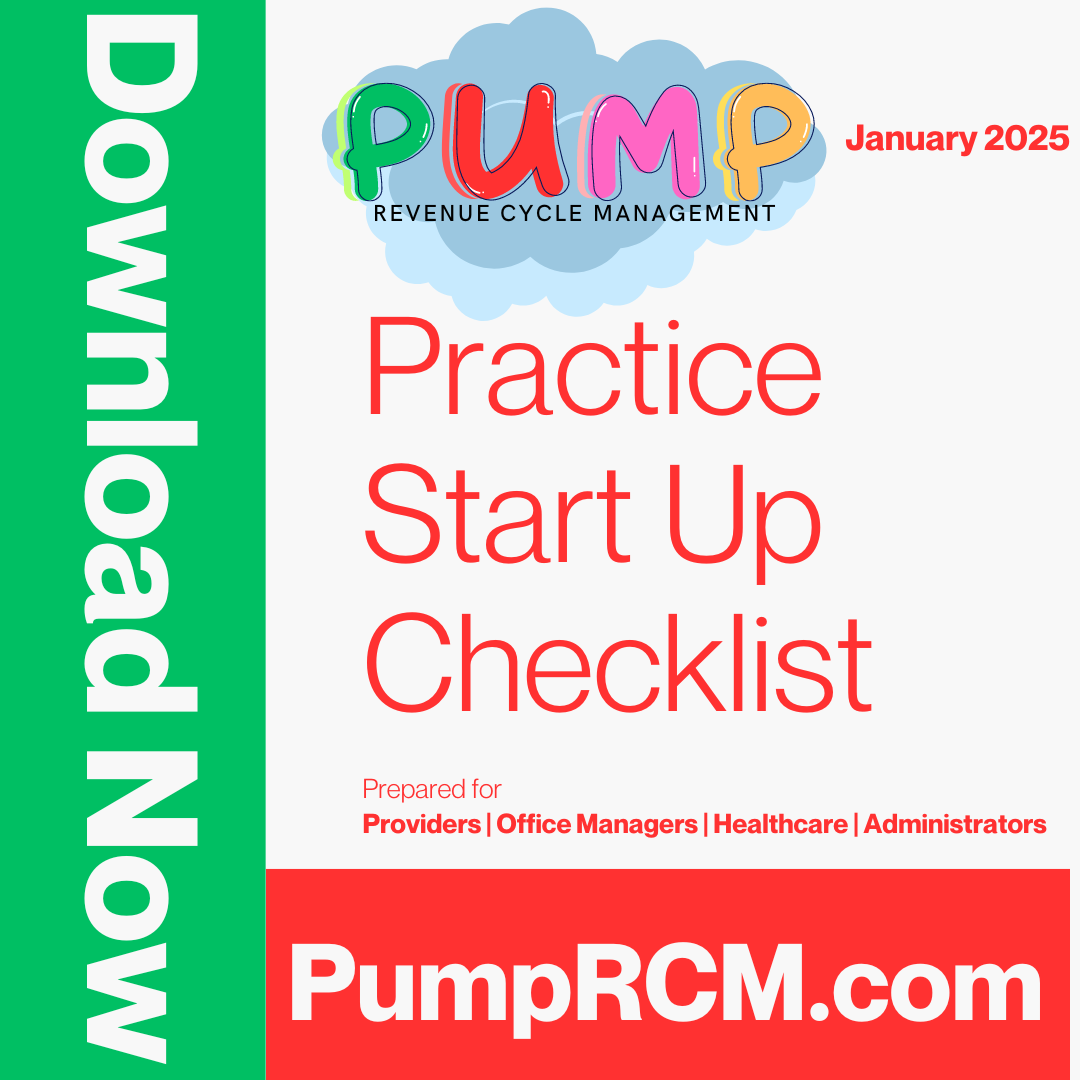How to Implement Healthcare RCM for a Smooth Revenue Cycle
How to Implement Healthcare RCM for a Smooth Revenue Cycle
Blog Article
Discover Just How Health Care RCM Processes Transform Administrative Tasks Into Seamless Procedures
In the ever-evolving landscape of healthcare, Profits Cycle Monitoring (RCM) processes have arised as an essential force in transforming administrative tasks into smooth procedures. By taking advantage of sophisticated technology and improved approaches, RCM uses a sophisticated strategy to taking care of patient registration, payment, and declares processing. The answers to these questions are vital for understanding the future of healthcare administration.
Comprehending Healthcare RCM
Earnings Cycle Management (RCM) in health care is a crucial process that ensures the monetary health of clinical establishments by managing the whole lifecycle of person solution earnings. It integrates various administrative and scientific features, beginning from the first organizing of a clinical appointment to the eventual collection of payment for services rendered. Healthcare RCM. RCM is pivotal in managing the intricacies of payment and repayments, guaranteeing that doctor obtain settlement for their solutions successfully and precisely
An extensive understanding of RCM involves recognizing the several components that make it successful. Trick elements include individual organizing, insurance coverage verification, charge capture, claim entry, and repayment posting. Each of these components calls for precise attention to information and durable systems to reduce errors that can result in income loss. Furthermore, RCM is not entirely about monetary collections; it also intends to boost patient satisfaction by minimizing payment errors and improving openness.
The performance of RCM is contingent upon the smooth integration of innovation and human resource competence. Using sophisticated software options enables healthcare establishments to automate recurring tasks, consequently reducing administrative burdens. In addition, experienced personnel are important in navigating regulatory requirements and payer plans, ensuring conformity and optimizing income healing.
Streamlining Person Enrollment
Streamlining person registration is an essential action in improving the effectiveness of healthcare earnings cycle management. It entails maximizing the first interaction in between clients and healthcare service providers to ensure a smooth information collection process. Key elements include the precise capture of individual demographics, insurance verification, and authorization acquisition. By digitizing these procedures with integrated electronic health and wellness documents (EHR) systems, healthcare centers can reduce errors, minimize paperwork, and speed up individual throughput (Healthcare RCM).
Automated systems assist in validating insurance qualification in real-time, which not only reduces management burdens yet also improves patient complete satisfaction by protecting against unexpected payment issues. In addition, pre-registration procedures allow people to complete forms on the internet before their browse through, reducing delay times and enabling personnel to concentrate on even more complicated tasks. This positive method guarantees that all essential details is gathered and verified before treatment is offered, thus preventing delays in succeeding billing and declares processes.
Training staff to utilize these systems effectively is vital. It guarantees that information access is consistent and precise, fostering a seamless transition from client registration to various other income cycle procedures. Eventually, improving individual registration lays the foundation for an extra efficient, patient-centered medical care distribution version.
Effective Billing Solutions
Reliable billing remedies are important to maximizing health care profits cycle management. They work as the backbone for making certain accurate and timely financial transactions between people, doctor, and insurer. By leveraging innovative innovation and streamlined processes, health care centers can dramatically reduce billing mistakes, minimize hold-ups, and improve capital. Implementing robust payment systems facilitates precise cost capture, guaranteeing all solutions provided are made up and billed properly. Automation tools can integrate billing data with scientific records, decreasing discrepancies and preventing claim rejections.
Moreover, efficient invoicing remedies empower doctor to provide clear pricing and billing information to individuals, fostering trust and boosting individual satisfaction. Real-time billing systems enable healthcare team to supply immediate feedback on client eligibility and out-of-pocket expenses, boosting the total patient experience. These solutions additionally enable smooth combination with electronic health and wellness records (EHR), making certain that invoicing and medical details are in sync, decreasing management problems on doctor.
Integrating effective billing options right into the earnings cycle monitoring framework not just optimizes operational performance but also strengthens financial efficiency. By lessening errors, increasing payment cycles, and improving individual interaction, medical care companies can concentrate more on delivering top quality care while maintaining monetary sustainability.
Optimizing Cases Processing

In the world of healthcare revenue cycle monitoring, enhancing claims handling this hyperlink is important for keeping financial health and operational effectiveness. A structured claims procedure reduces the time in between service delivery and settlement, thus boosting capital and reducing the chance of errors. Reliable insurance claims refining begins with exact documentation and coding, which are vital to make sure that claims are submitted without disparities that could lead to delays or rejections.
Leveraging advanced technology, such as automated insurance claims management systems, can significantly enhance the performance of this procedure. These systems are made to automate repetitive jobs, track cases via each stage, and flag potential issues early. This not just lowers the management worry on staff however likewise enhances the precision of submissions by decreasing human mistake.

Enhancing Earnings Collection

In addition, rejection management plays a critical duty in maximizing profits collection. Determining patterns in claim rejections, recognizing origin, and carrying out corrective activities can substantially decrease reoccuring problems, therefore improving cash money flow. Carriers ought to purchase robust analytics devices that facilitate thorough reporting and evaluation, allowing them to rectify and attend to denial patterns quickly.
Prompt follow-up on impressive claims is one more essential element of revenue collection. Developing a methodical approach to check and go after aged accounts ensures that no revenue is left unclaimed. Using specialized team or automated systems to track these insurance claims can boost performance and ensure consistent money inflows.
Final Thought
Health Care Earnings Cycle Monitoring (RCM) procedures dramatically boost management effectiveness by integrating sophisticated innovation and human experience (Healthcare RCM). The automation of patient enrollment, billing, and declares processing accelerates and decreases errors capital, inevitably enhancing individual contentment via real-time insurance policy verification and transparent payment. By making certain seamless operational circulation, RCM allows healthcare companies to prioritize top quality treatment while maximizing earnings recuperation and keeping economic security, thus transforming administrative jobs right into efficient, structured operations
Profits Cycle Management (RCM) in health care is a vital process that makes sure the economic wellness of clinical organizations by learn this here now supervising the entire lifecycle of person solution profits.Improving patient enrollment is a basic action in enhancing the performance of medical care earnings cycle monitoring. It includes enhancing the first interaction between individuals and medical care service providers to make sure a smooth information collection procedure.Additionally, efficient invoicing solutions empower health care providers to supply transparent prices and payment info to people, promoting trust and improving person contentment. Real-time payment systems enable medical care team to give immediate responses on patient eligibility and out-of-pocket expenses, improving the total client experience.
Report this page